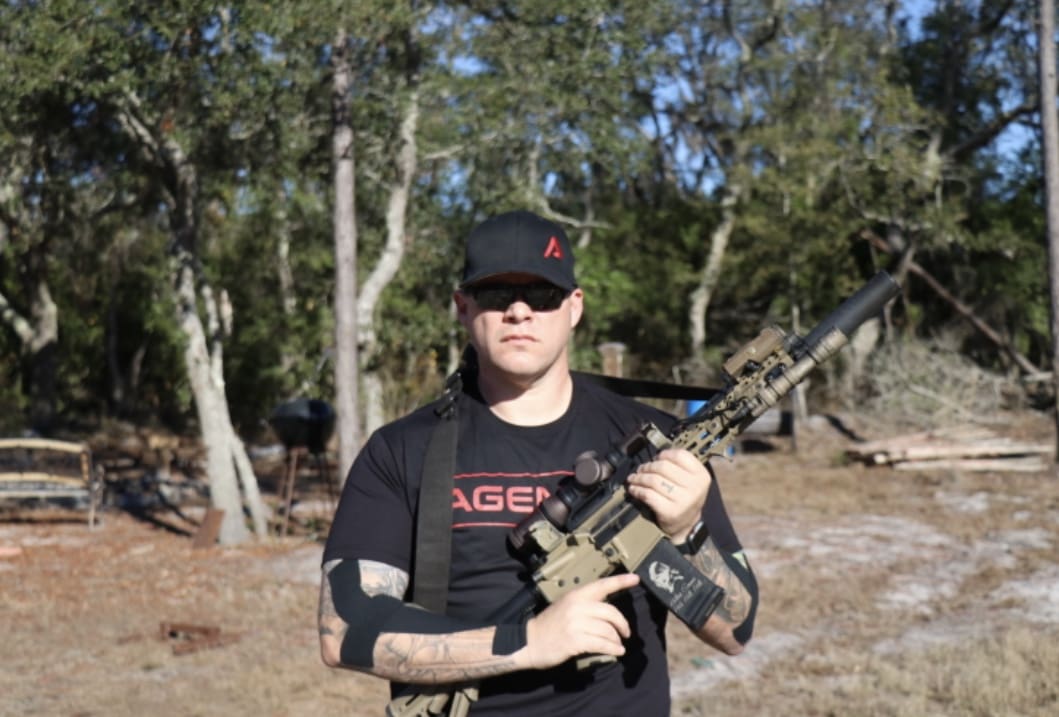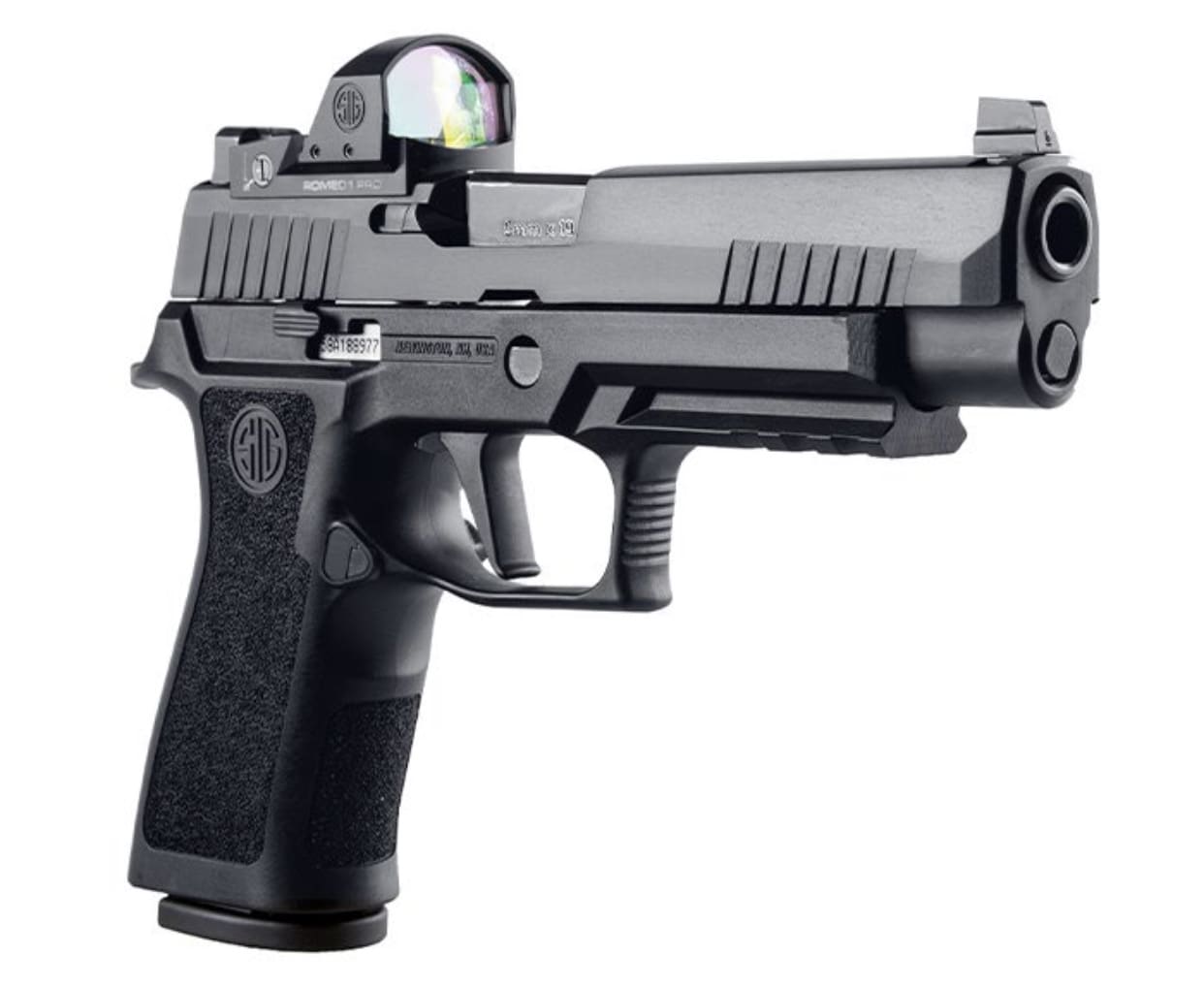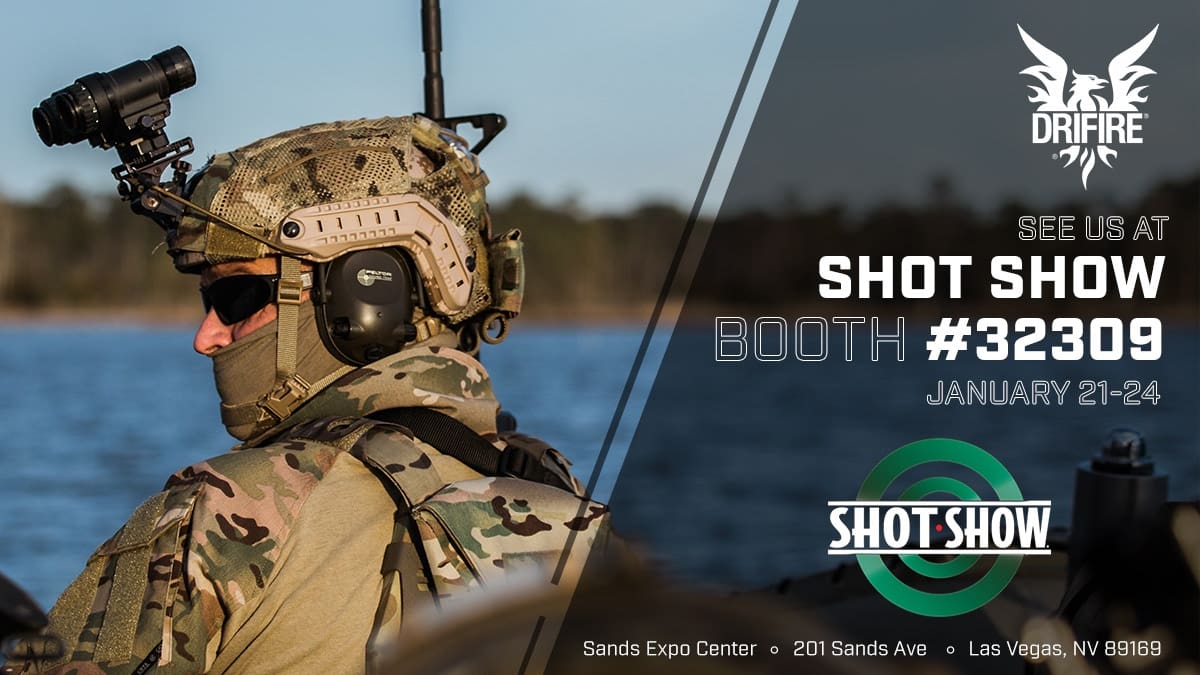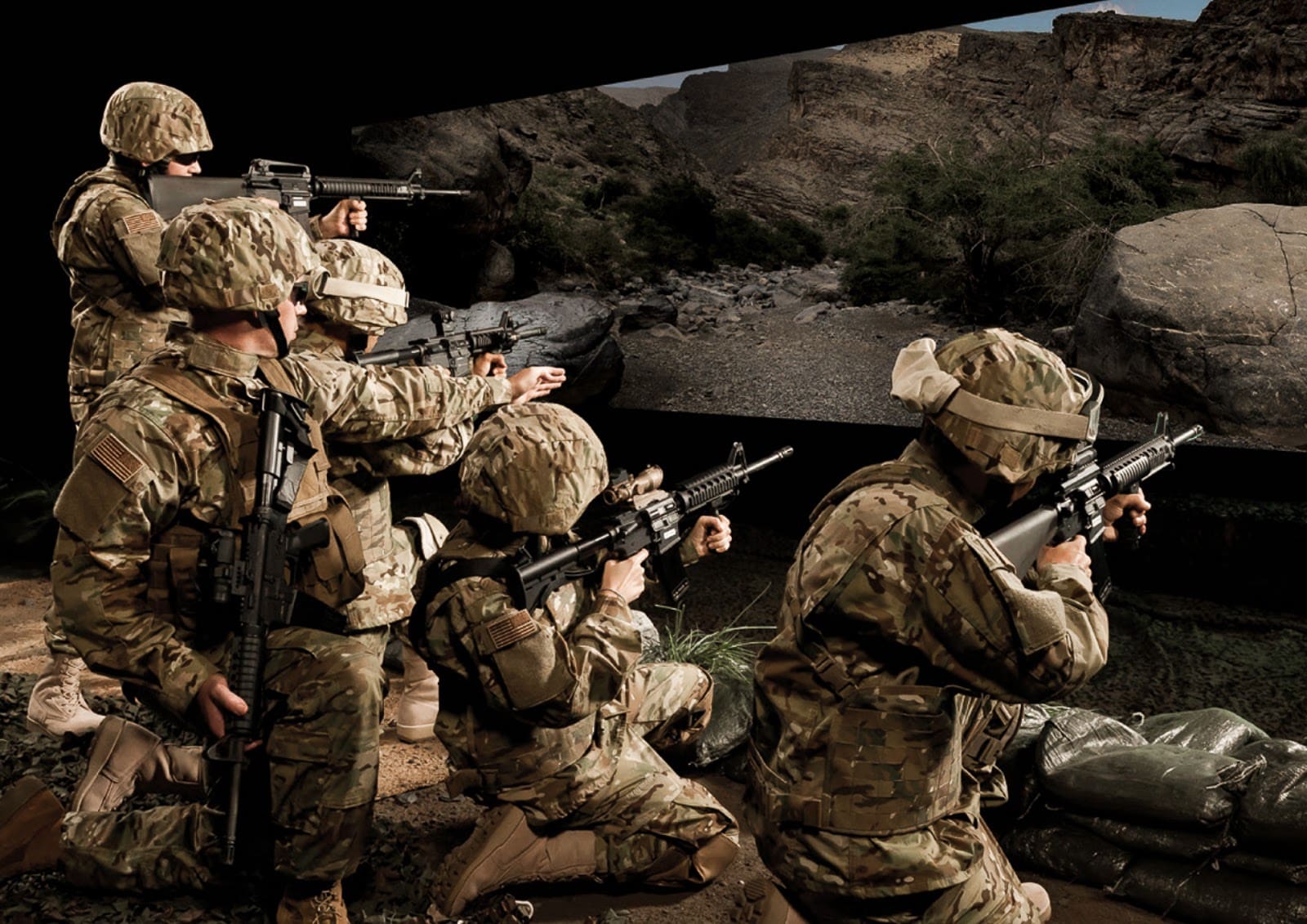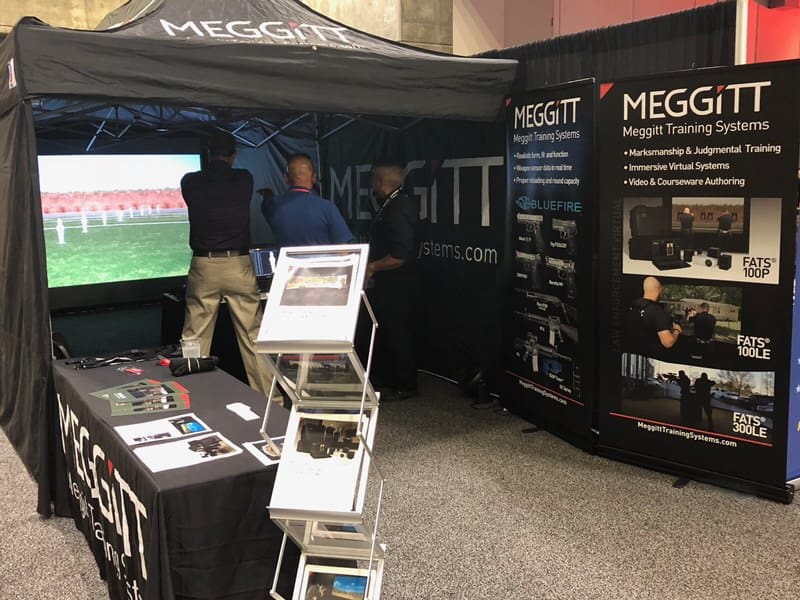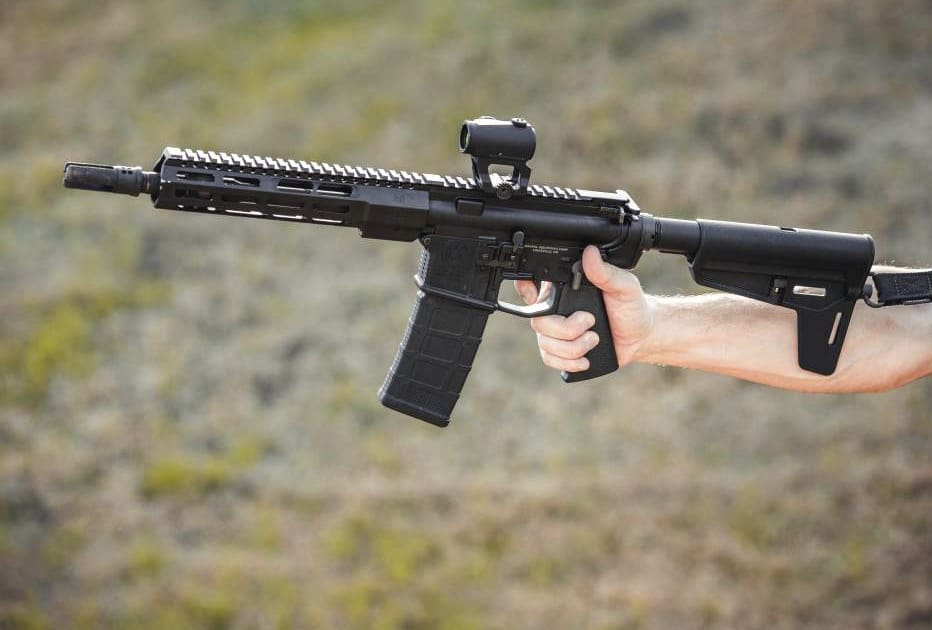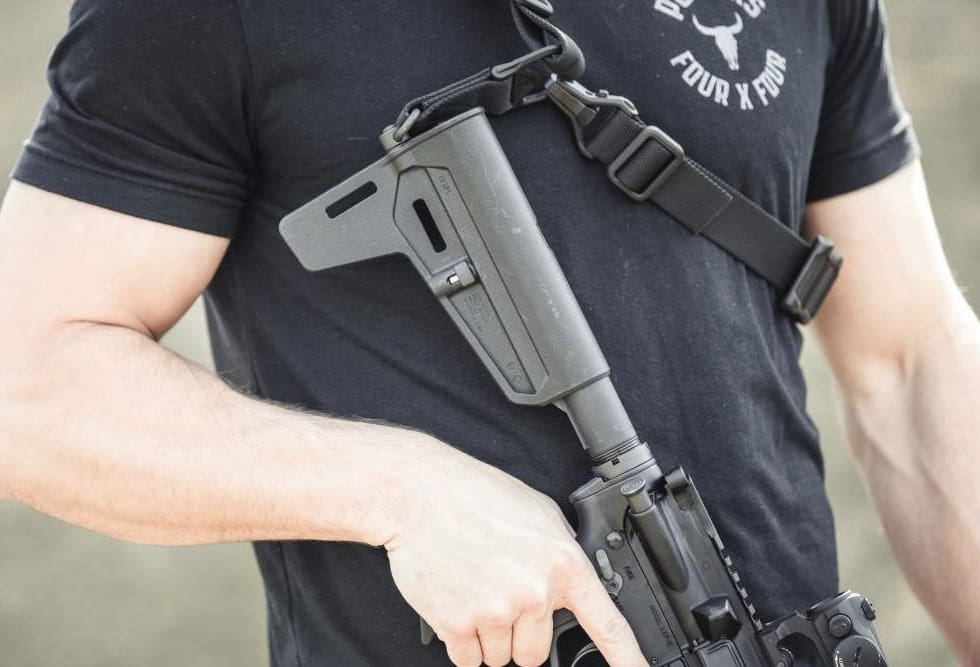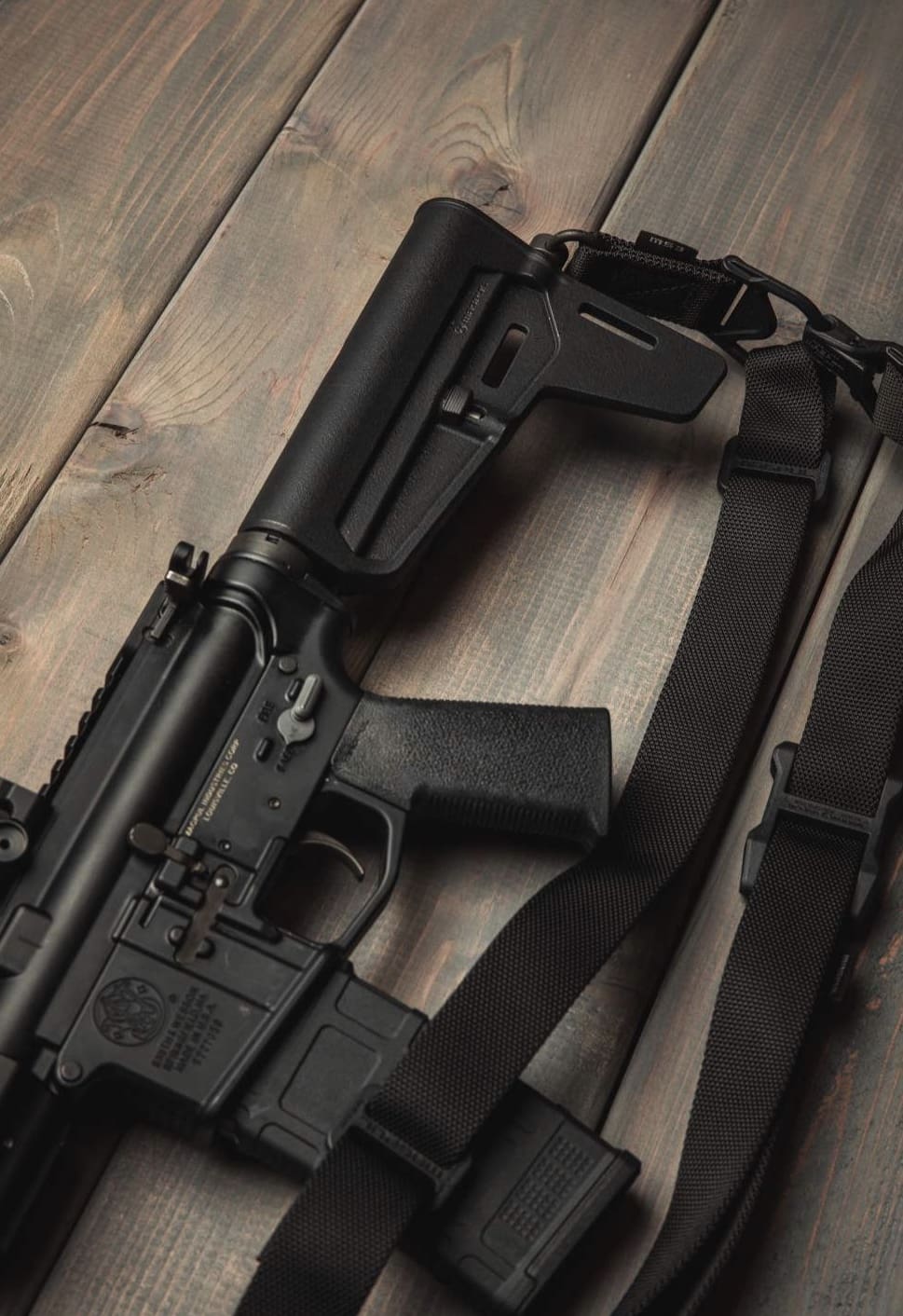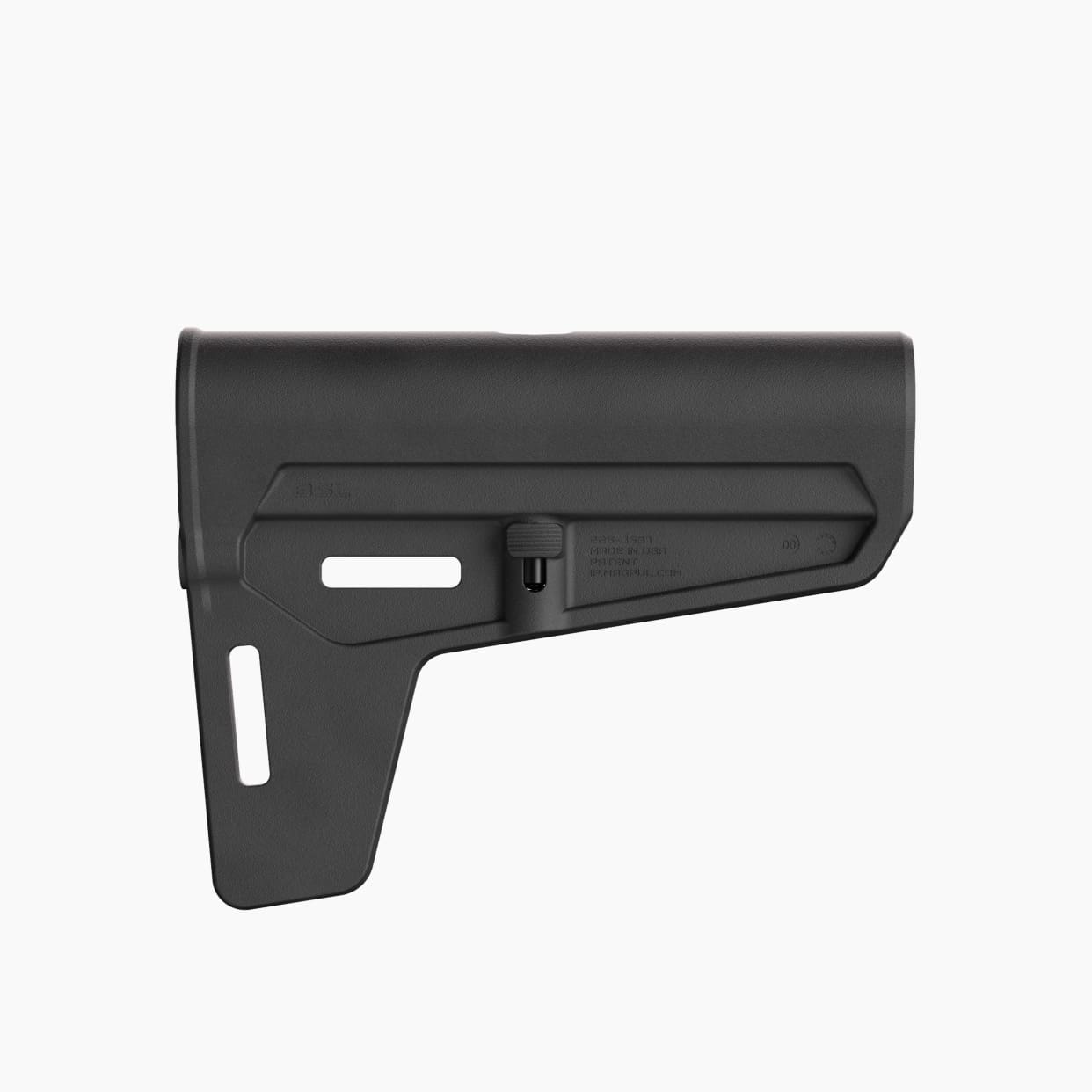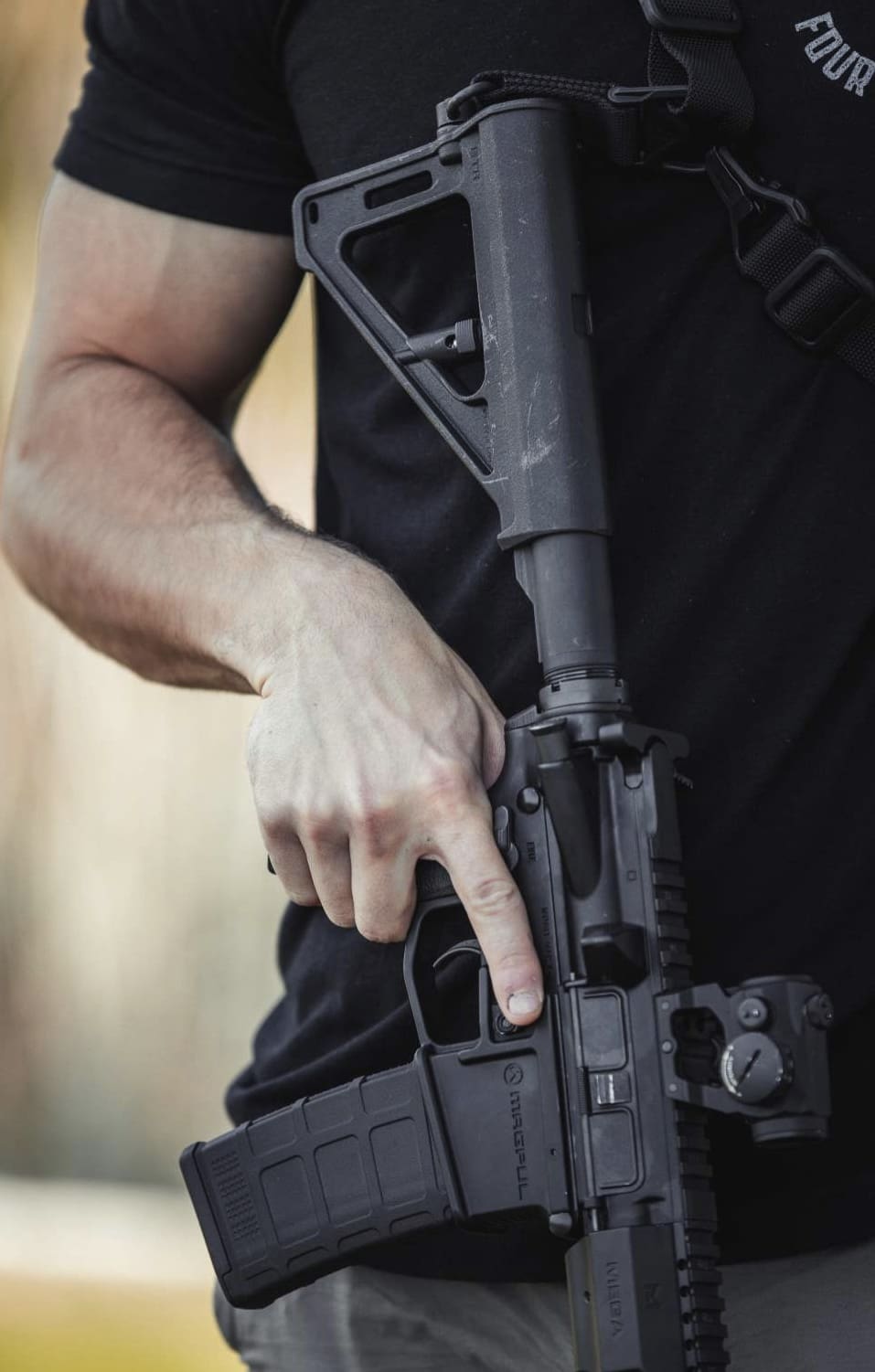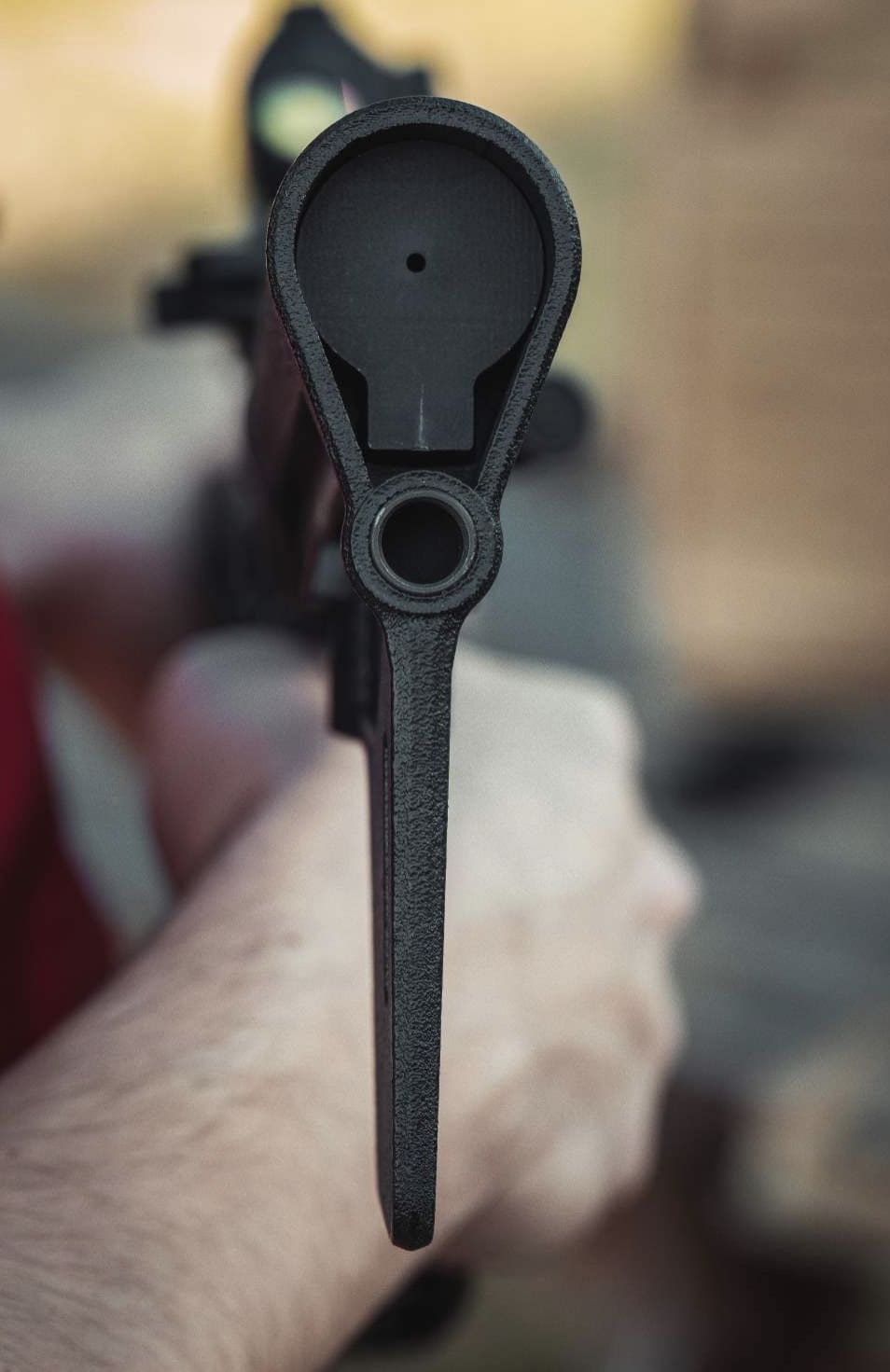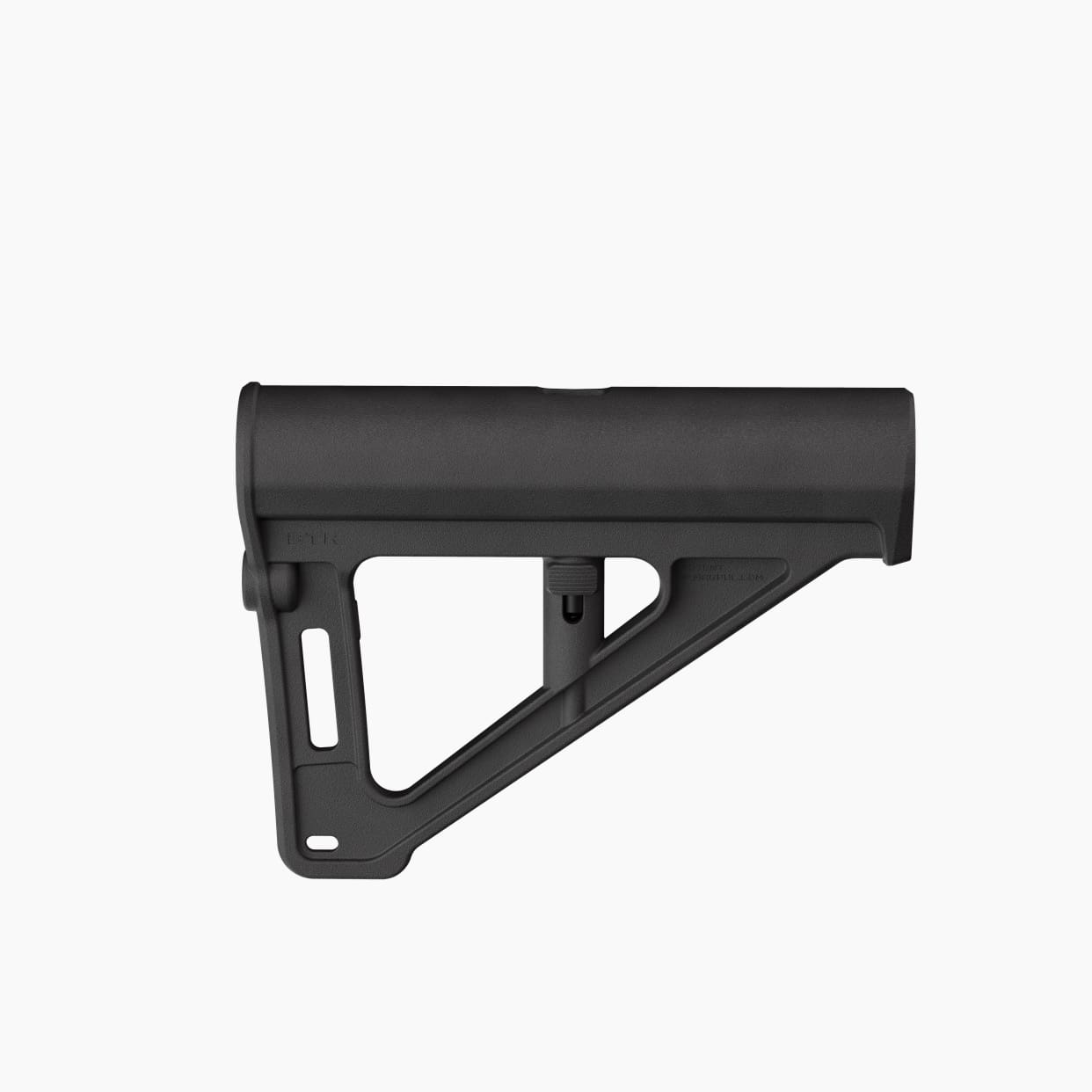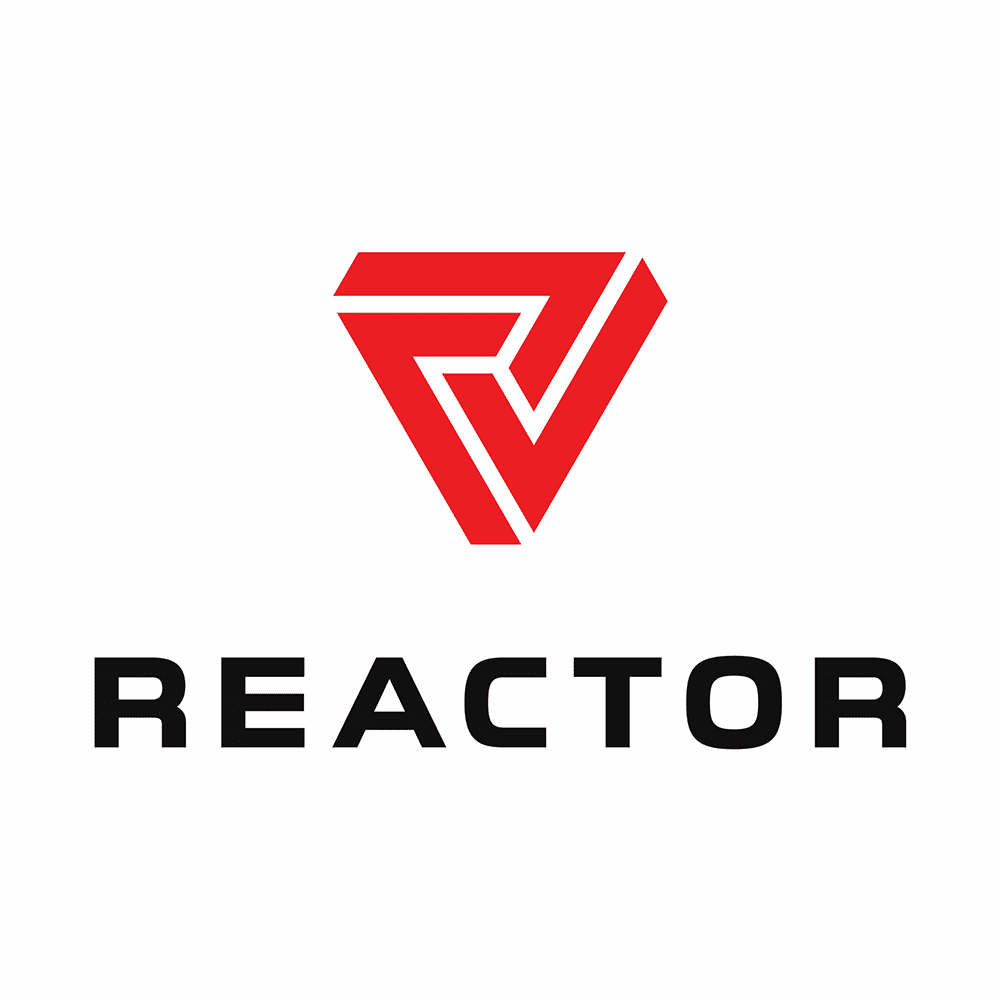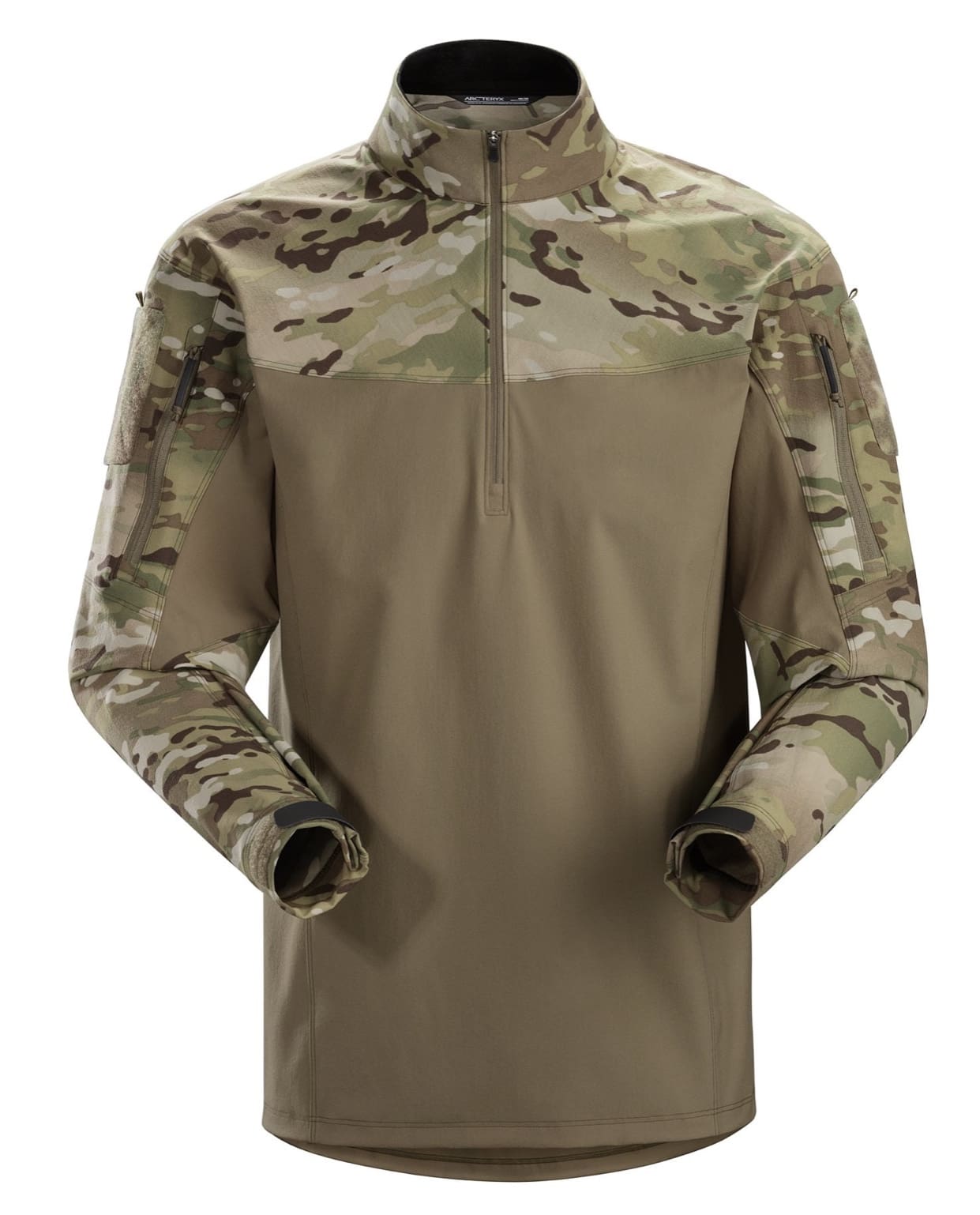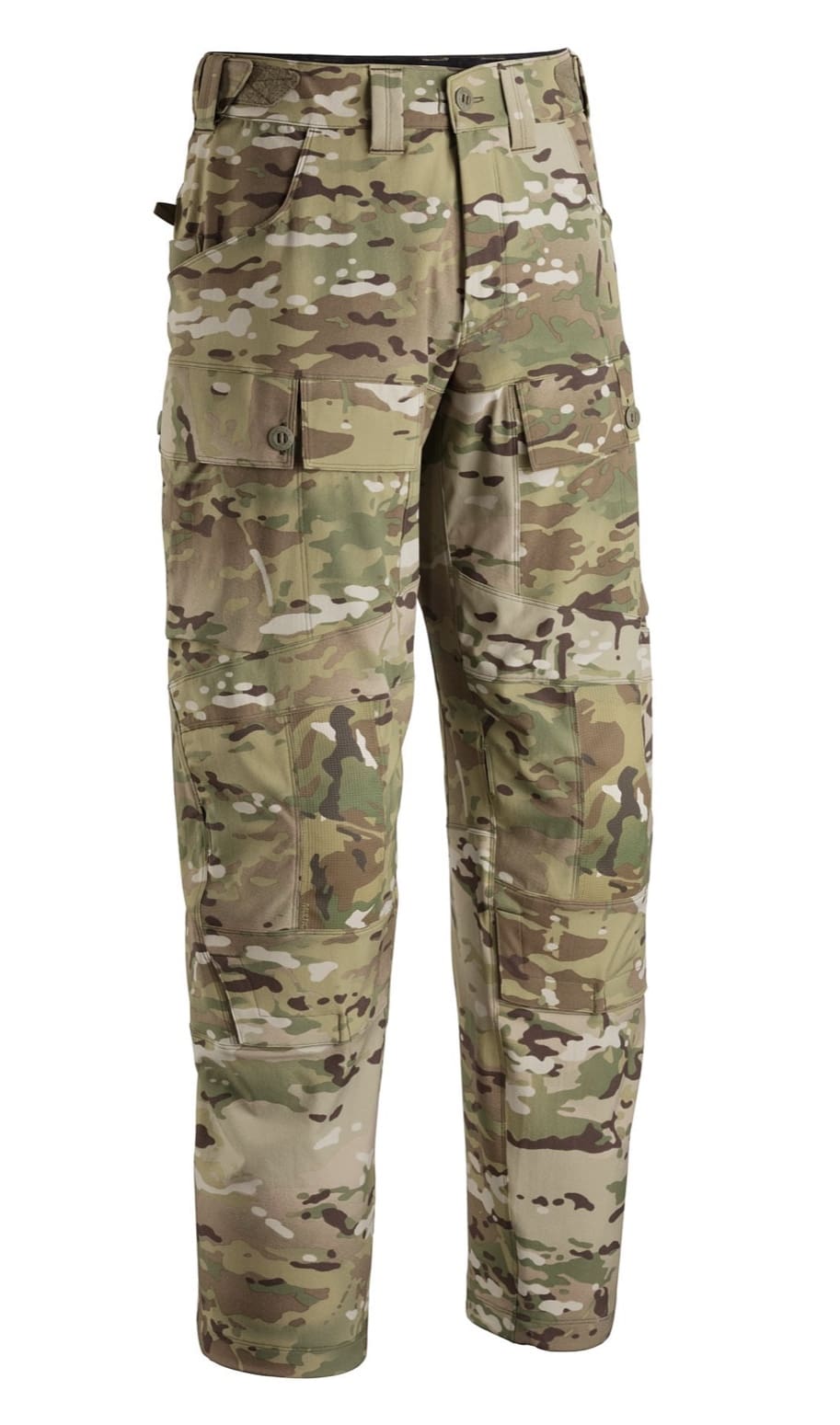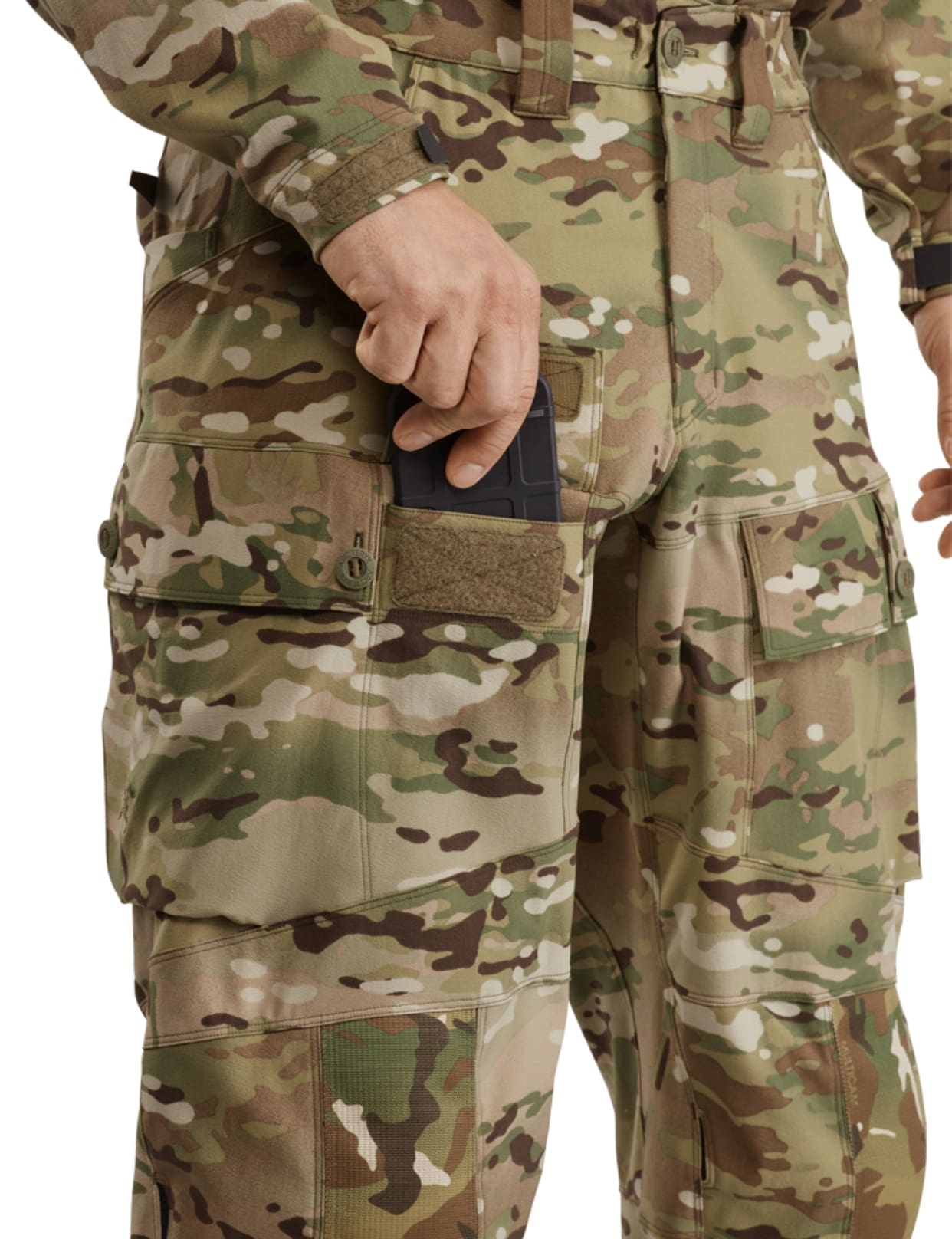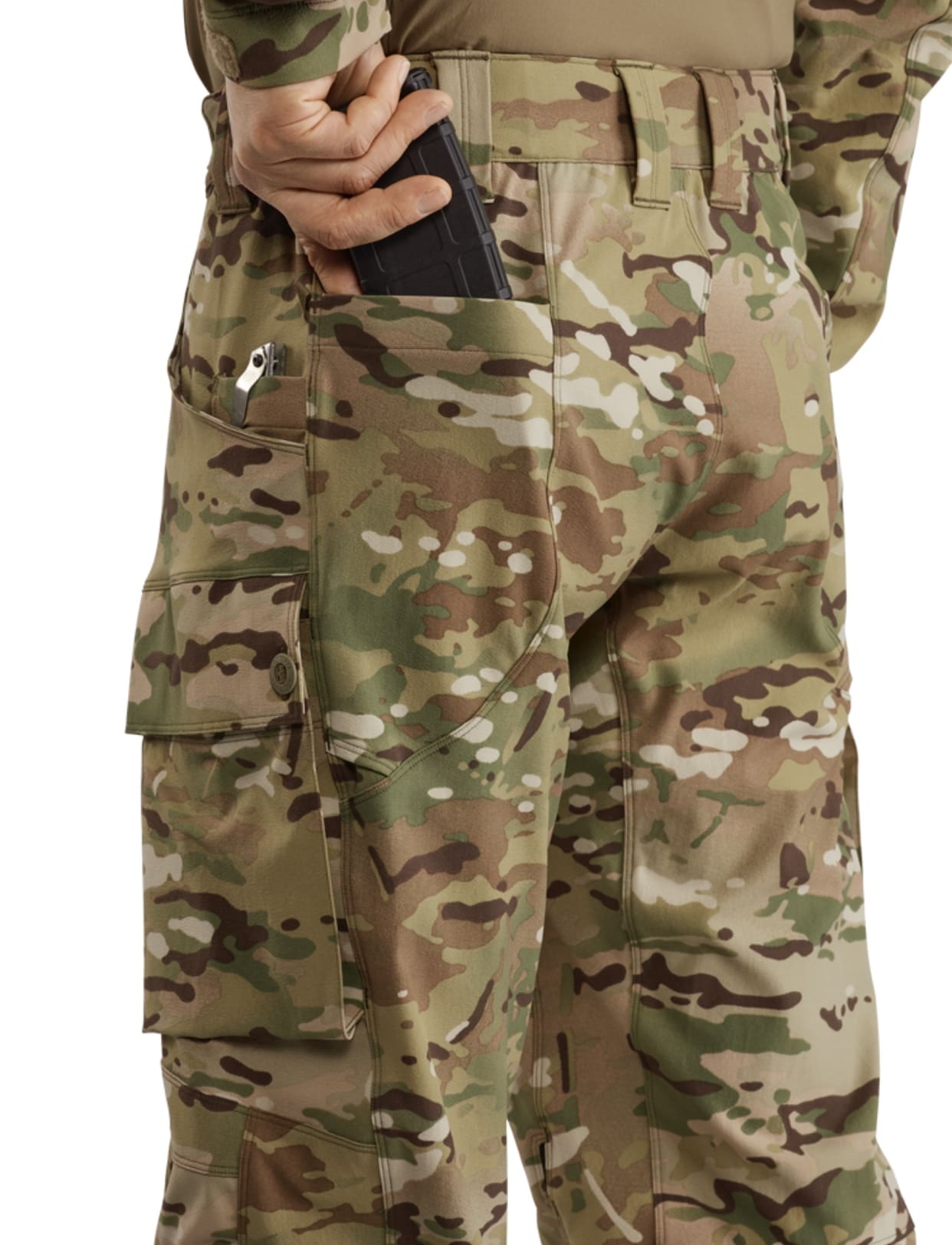Wallace, ID – Every year about this time you can expect to see something new drop from industry veteran Grey Ghost Precision, and 2020 is no exception! Looking back on 2019 we saw more aftermarket support for the GLOCK® platform including new slides for the G17, G19 and G26 as well as an added FDE color option for the Combat Pistol and CP frames. They also kicked open the door on the P320 market with their GGP320 slides for the SIG® P320/M17/M18 platforms that gave P320 users more options for slide serrations, finish/color and red dot mounting right out of the box. We can all agree that it’s been the golden age for custom pistol builders, and this year is no different!
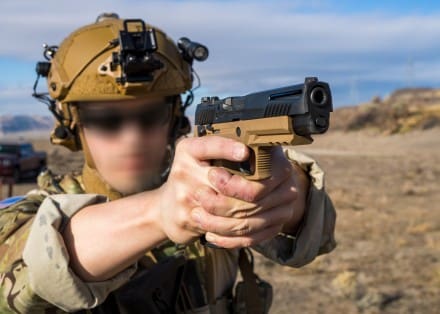
So, what’s in store from GGP in Q1 2020? Starting with their SIG® aftermarket line, Grey Ghost Precision is giving P365 fans their very own GGP slides, as well as match-grade barrels! Two brand-new GGP365 slides have been unveiled, and they bring something big to the table in terms of options for P365 owners. Just like their bigger bros GGP320 slides, the GGP365 slides are available in Black or Grey DLC (diamond-like coating) finish, with a Flat Dark Earth Cerakote option to closer match the P365 models with FDE colored frames. The Version 1 slide boasts diagonal serrations that are deeper and more aggressive than OEM slide serrations, while the Version 2 slide has a bit more sophistication. The front and rear of the slide feature recessed areas with fine ribs of serrations that give you plenty of grip, and looks classy as hell. Both of these GGP365 slides come milled precisely for the Shield RMS-C and SIG RomeoZERO micro optics, with an attractive G10 cover plate that fills the footprint if you choose not to run an optic. The MSRP of both versions of the GGP365 slide are $418.95.
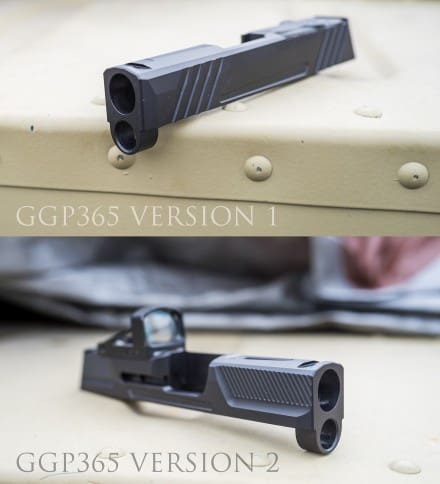
GGP is also releasing pistol barrels for the P365 as well as the P320 Compact and Full-Size models. Each of these barrels are black nitride coated and are SAAMI spec match-grade. Threaded P320 barrels feature ½ x 28” threads for those who want to use muzzle brakes, compensators or suppressors. Speaking of suppressors, Grey Ghost Precision specifically optimized their GGP320 barrels for improved function when suppressing P320 pistols. The MSRP of the GGP320 barrels are $184.99 for non-threaded barrels, $194.99 for threaded models.
GLOCK® fans are getting some love, as GGP is also releasing threaded and non-threaded G26 barrels, as well as Gen 5 barrels for G17 and G19 pistols. You read that right, Gen 5 barrels. As you may know, 5th generation GLOCK® slides feature quite a few changes that removed compatibility with several Gen 1-4 parts, including the slides themselves. These new GGP17/19 Gen 5 barrels are $179.99 for non-threaded barrels, $189.99 for threaded models (which also include an O-ring and a thread protector).
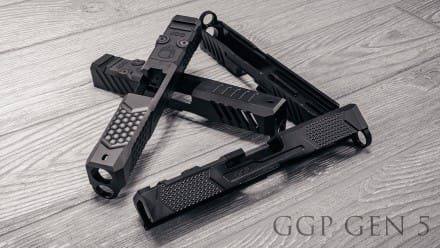
That leads us to the next GGP release for the new year… GGP-19 and GGP-17 Gen 5 slides! Finally, you will be able to upgrade your OEM Gen 5 pistol with a GGP aftermarket slide and take advantage of the accuracy-improving critical tolerances that Grey Ghost has tightened in all their slides. Additionally, these new Gen 5 slides also benefit from GGP’s hybrid optic compatibility with the Trijicon® RMR and Leupold® DeltaPoint Pro red dot optics using the supplied low-profile shim plates and specialty screws that come in every box. Two popular optic footprints, and all without the need for bulky adapter plates that would only raise the optic above the bore axis, and 4 different but equally functional serration patterns to choose from. The MSRP of GGP17/19 Gen 5 GLOCK® slides are $449.99 for Versions 1 and 3, and $418.95 for Versions 2 and 4.
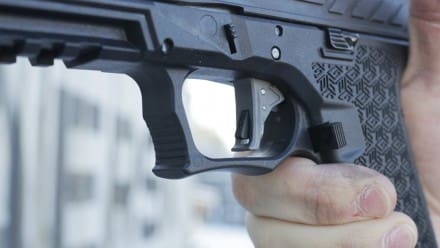
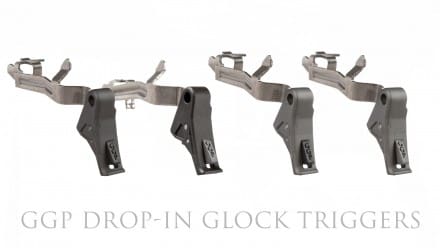
In the immortal words of Billy Mays: “BUT WAIT, THERE’S MORE!” Grey Ghost Precision has one more bomb to drop. They have developed their own signature aftermarket trigger for GLOCK® pistols. This drop-in trigger, which GGP calls the Combat Trigger, has a flat faced shoe with a minimal toe. “We designed this trigger from the ground up” said GGP Head Engineer Jason Fancher. “Using 3D software, we were able to rapid prototype several shoe designs using 3D printing technology. After experimenting with different geometry, we arrived at a design that felt perfect to the shooter. The flat face is specifically designed to give the shooter a repeatable straight trigger pull every time, with the precise reset that we all as shooters prefer in our carry guns.” The GGP Combat Trigger includes an OEM trigger bar to retain the safe function in your GGP Combat Pistol or your GLOCK®, making it ideal for Concealed Carry, Military and Law Enforcement use. The MSRP of the GGP Combat Trigger is $99.99, and it is available in four anodize color combinations: all black, all grey, black trigger/grey/safety and grey trigger/black safety. All new GGP Combat Pistols come with the all black GGP Combat Trigger installed, with no change to its existing MRSP of $1,499.
Be sure to subscribe to the Grey Ghost Precision email list to be alerted as more new products become available.
Visit www.greyghostprecision.com for more details.
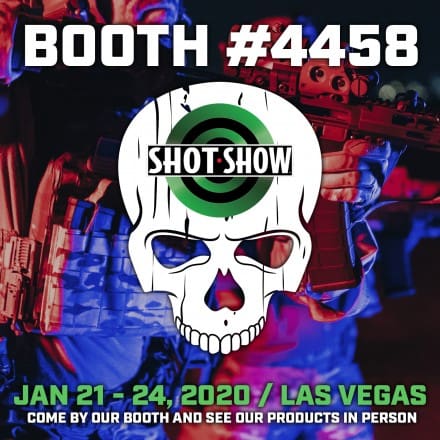
All these new products will be on hand at the Grey Ghost Precision booth (#4458) during the 2020 SHOT Show Expo in Las Vegas, NV, held January 21-24th.

